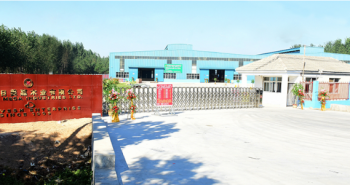Structural Plywood (CD)
Structural Plywood: The Backbone of Building
Structural plywood is an engineered wood panel designed to provide exceptional strength and stability for various structural applications in building and construction. It is engineered to meet specific load-bearing requirements, making it a crucial component in many construction projects.
Commonly used as an untreated panel, structural plywood is also available in treated variants, typically H2-S, H2, or H3, offering enhanced durability and resistance to moisture, termites, and fungal decay.
While versatile in its applications, it’s essential to note that structural plywood is primarily manufactured for its structural properties rather than its appearance. As such, the face veneer may exhibit some puttied splits and knotholes, which are considered normal and do not affect its structural integrity.
Overview
Non-Structural Plywood (CD)
Non-Structural Plywood: Versatile and Economical
Non-structural plywood is a cost-effective plywood sheet suitable for a wide range of applications, from hoardings to furniture and wall linings.
Crafted with an A bond glueline, it offers durability and reliable performance. Non-structural plywood is well-suited for painting or staining to match various design preferences.
While commonly used as an untreated panel, it can also be supplied in treated variants, such as H2-S, H2, or H3, for extended outdoor use.
Although non-structural plywood shares some properties with structural plywood, it is not manufactured to or tested against Australian Standards and does not carry an F rating. Therefore, it’s crucial to use non-structural plywood only in non-load-bearing or non-structural applications.
Despite its versatility, non-structural plywood is designed to be a low-cost panel, which means the face veneer may contain some puttied splits and knotholes.
Overview
Bracing Plywood
Hardwood Bracing Plywood (F22): Strength and Durability for Structural Integrity
Hardwood Bracing Plywood (F22) is designed for wall and roof bracing applications, providing essential support in timber-framed buildings. Incorporating bracing into the structure allows for the inclusion of large openings and extensive areas of glass in external walls, or additional wall strength in cyclonic areas.
Although only visible during the construction phase, bracing ply plays a crucial role in protecting the building from wind damage throughout its lifespan.
Crafted from mixed species hardwood sourced from legally harvested resources and featuring an A Bond glueline compliant with AS2269, F22 Hardwood bracing plywood is available in both untreated and H2-S treated variants (treated against termites).
It is essential that all bracing ply installations adhere to the Building Code of Australia and AS 1684 – Residential Timber Framed Construction Code to ensure structural integrity and compliance.

